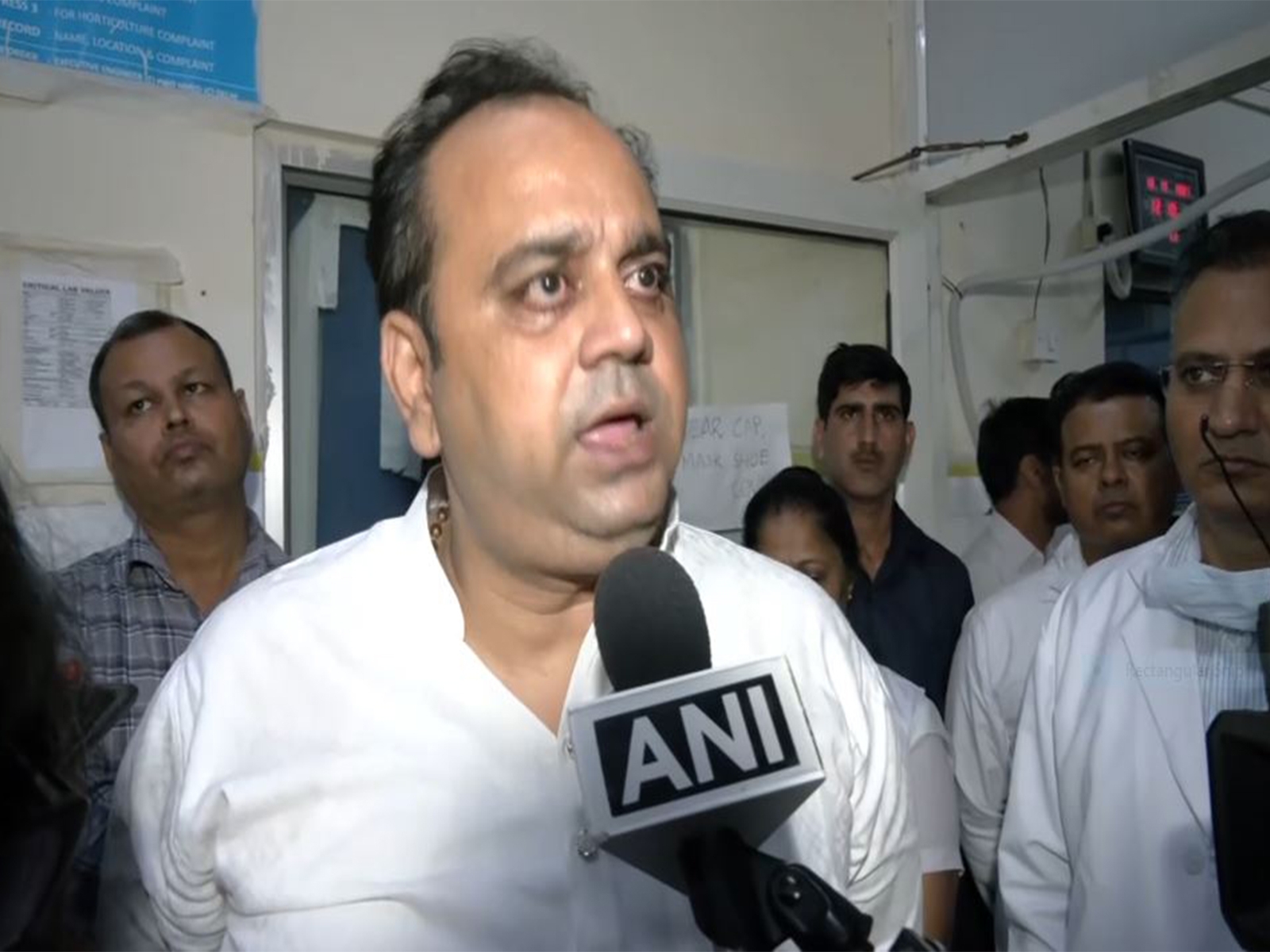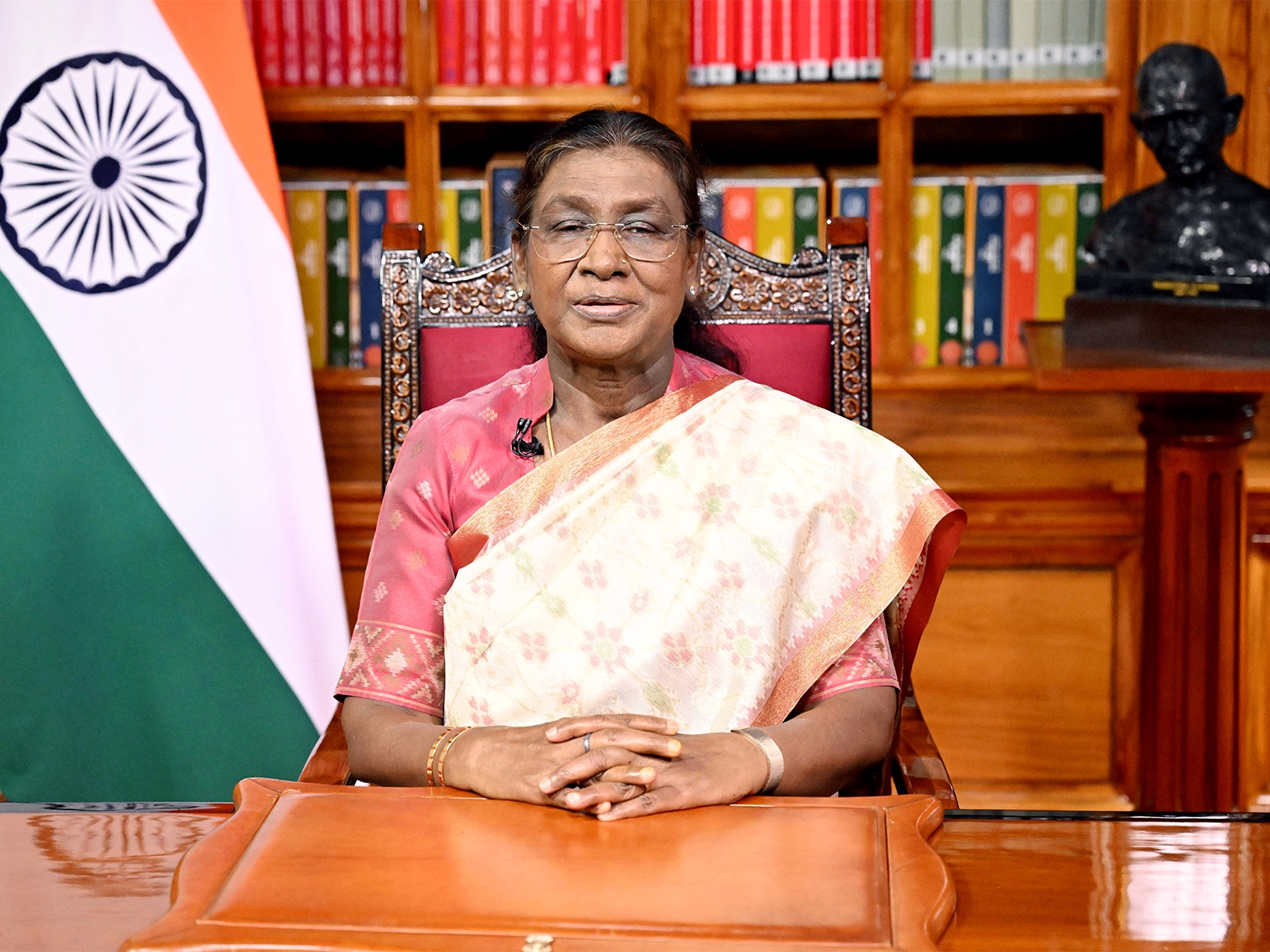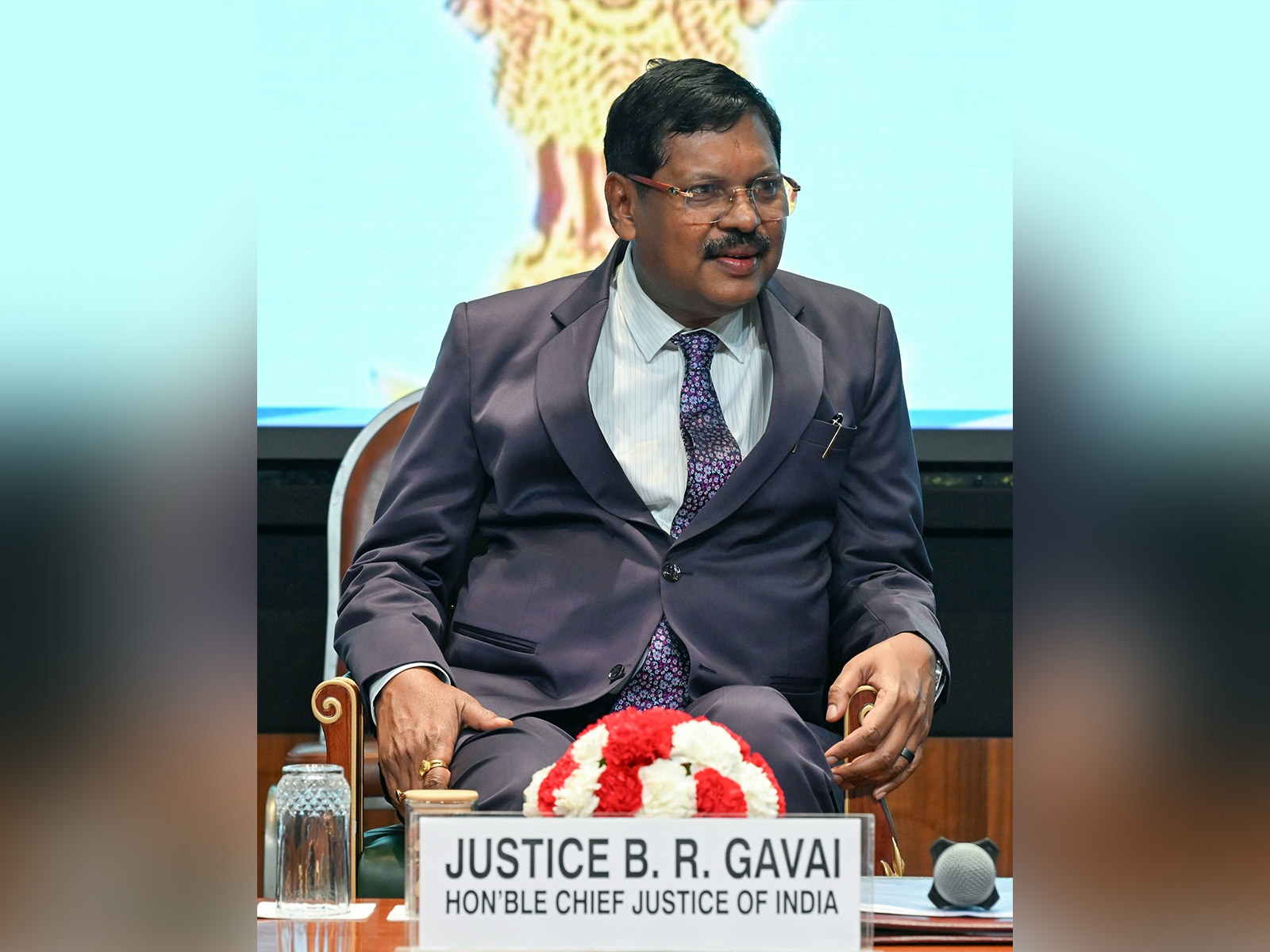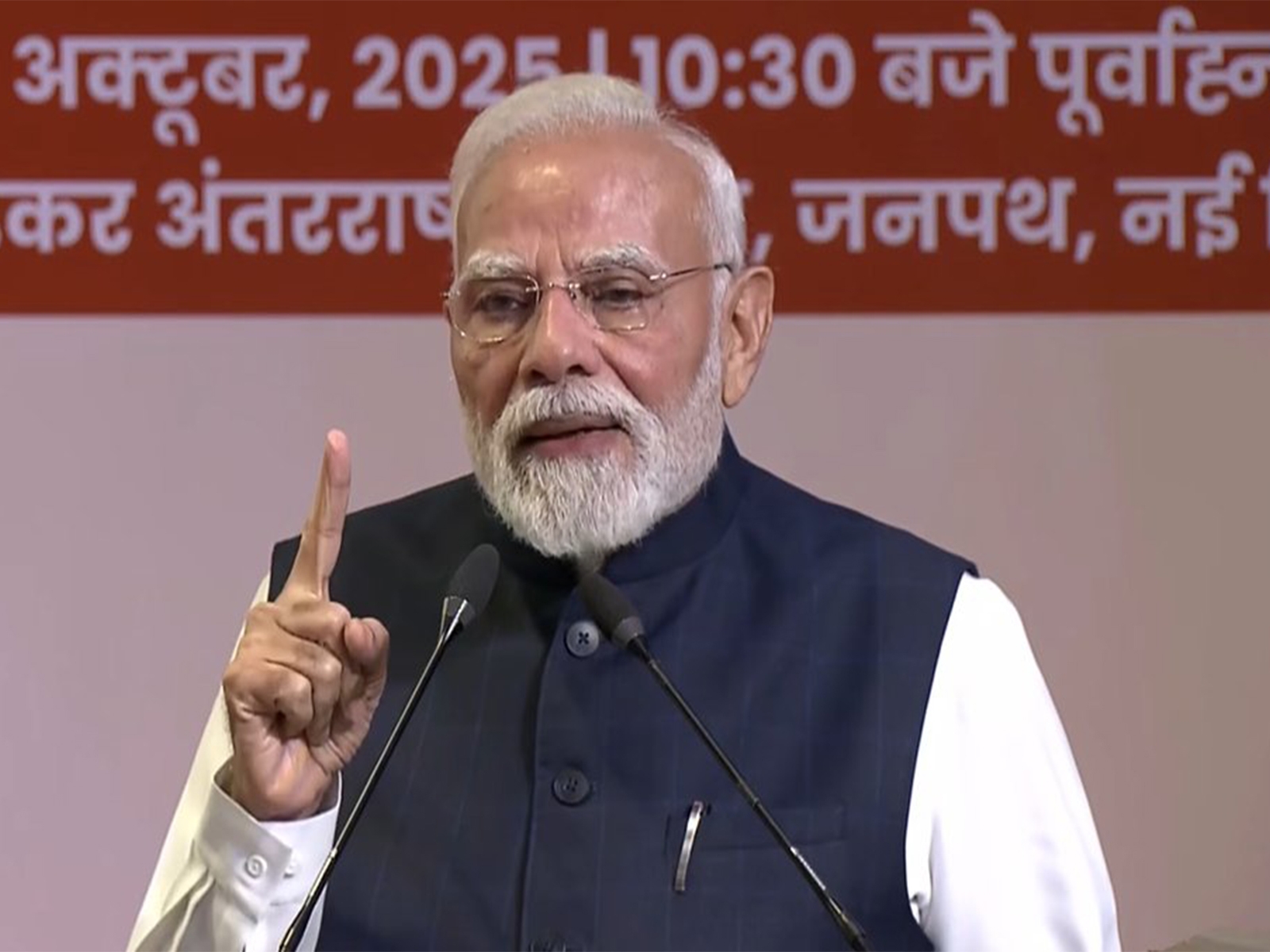The horror of #FGM: Bohra community shames women by cutting genitals

Masooma Ranalvi was seven years old when the tip of her clitoris was cut off with a blade or a razor. She can't remember which. What she does remember is the pain. And the scars. Both physical and psychological.
Read- Shani Shingnapur: women on the warpath demanding their right to worship
There was a spring in Ranalvi's step when her grandmother decided to take her to the Bohra Mohalla in Bhindi Bazaar in Mumbai.
A chocolate or ice-cream, perhaps?
Neither.
Not even a brief - such as when a child is mentally prepared for a routine vaccination. The curtains were drawn, her pants pulled down, limbs held and - the smell of black powder.
Ranalvi's body was violated over 40 years ago. But the memory is fresh. The hurt raw. Because the practice is still on. Across the world - whichever part the Bohra community decides to call home.
Clandestinely in Western countries, but without-a-care attitude in third world countries such as ours.
The Bohra community is supposedly the most educated and prosperous section among Muslims. Ironically, they are also the only community in the Islamic world that practices female circumcision or "khatna" - as they like to call it. Or Female Genital Mutilation (FGM) - as the world knows it.
Who are Bohras?The Dawoodi Bohra community is a small and prosperous Shia Muslim sect mostly based in western India.
The sect owes its origin to the arrival of Shia Ismaili missionaries to the port of Cambay in the early 11th century AD from Egypt via Yemen. These missionaries found converts among Indian traders, largely in Gujarat, who came to be known as Bohras.
Local activists say they want to see the eradication of FGM in Somalia
There are now approximately one million adherents in India and across parts of Eastern Africa, the Middle East, Europe and North America. The sect mostly comprises traders, business owners and professionals. The Bohra world headquarters is in Mumbai where the Syedna, the religious head of the community, lives.
"The Syedna's support and sanction of FGM is enough to want all the Bohra women to observe it and perpetuate it unquestioningly and blindly," says Ranalvi.
Islam does not endorse female circumcision, yet young girls are subjected to this shame because strangely, some women see it as an egalitarian practice.
"Many Bohra women argue that this practice is part of the egalitarian nature of their religion, as both men and women are circumcised," says Ranalvi. But there is a vital difference.
Also read- Taking the Sharia to court: 2 Muslim women you should know about
For men the circumcision is done for health and hygiene reasons - a practice which has the sanction of science. Moreover, it is not done in secrecy.
Ranalvi quotes a report from US Centre for Disease Control and Prevention. "It found that medically performed male circumcision could help decrease the risk of contracting HIV and several other sexually transmitted infections as well as other health problems."
A tool to tame women?Female genital mutilation is carried out to curb sexual desire and tame women. So that Bohra men get to marry virgins, and so that their women do not lust after other men following marriage.
This reflects the deep-rooted inequality between sexes, and constitutes an extreme form of discrimination against women.
"The circumcision of men is a celebration in the community, while for the girl child it is a dreaded, secretive event done in the confines of the home without any proper instruments or medical supervision. Or even anaesthesia. The procedure can go horribly wrong," points out Ranalvi.
According to the World Health Organisation, FGM has no health benefits, harms girls and women in many ways, and is a violation of their human rights.
The practice involves removing and damaging healthy and normal female genital tissue, and interferes with the natural functions of their bodies. Immediate complications can include severe pain, shock, haemorrhage (bleeding), tetanus or sepsis (bacterial infection), urine retention, open sores in the genital region and injury to nearby genital tissue.
Read more- Census 2011: India's Muslims are no better today than a few decades earlier
In December 2012, the UN General Assembly adopted a unanimous resolution on the elimination of FGM. Across the world, FGM is being outlawed in many countries. Nigeria and Gambia recently made FGM illegal after women came together, campaigned and raised their voice. FGM is banned in more than 20 countries in Africa. In Australia, three Dawoodi Bohras were held guilty of FGM recently by the Supreme Court of New Wales.
The petitionWhile Ranalvi has become the most public face of the movement against FGM, there are other women who have learnt to speak out.
Some figured out what the procedure they underwent as a child was, as late as when they turned 30. Most were sworn to secrecy and did not discuss it even with siblings.
Kenyan Maasai women gather during a meeting to discuss FGM. Photo: Simon Maina/ AFP/ Getty Images
The group got together and a floated a petition on change.org a year ago, urging the government to pass a law to ban this practice in India. The petition has been signed by around 45,000 people, so far.
"There are thousands of my Dawoodi Bohra sisters who have been subjected to genital cutting as children and even today thousands of Bohra girls are being subjected to this practice, since it has been ordained by the clergy of our community," reads the petition. The petitioners have also floated a group called "Speak out on FGM" to encourage women to oppose the physical and psychological damage done to them. Of course, they fear ostracisation, social boycott and exclusion of their families from the rest of the community by the clergy.
Zero ToleranceThe United Nations has declared February 6 as the International Day of Zero Tolerance to Female Genital Mutilation to create awareness of female genital mutilation and to promote its eradication. And India is set to witness its first outrage against FGM.
"Speak Out on FGM", a group of about 50 Bohra women, has launched the "Each One Reach One" campaign to spread awareness on female genital cutting among Bohras. "Sahiyo", an NGO that brings together FGM survivors, is a partner in this campaign.
Between February 6 and March 8, the group will reach out to at least one Bohra woman or man and have a conversation about "khatna" or female circumcision.
Also read- Doctor, scribe, separatist: the new breed of Kashmir's women storytellers
"We will tell them about our signature petition and the reason why we seek to appeal to the government to ban the practice in India and request them to sign on it if they agree. And to circulate it among their friends," says Ranalvi.
They will share stories about khatna: memories of the day when the cut was made, feelings and emotions towards the experience, the reasons given for the practice, the reasons behind the silence around the practice, and the physical, psychological and sexual impact of the practice for women.
They will also speak to Bohra men.
But it's an uphill task. Because the community is in no mood to withdraw this practice. In another unwritten diktat, it now wants women marrying Bohra men to undergo "khatna".
More in Catch:
Mr Badal's drug war: Punjab has 70% addiction. He says it's 0.7%
MNREGA@10: Look Banda in the eye. Before anyone celebrates
Victory for farmers: Why the govt was forced to backtrack on GM mustard
The Choice film review: too sappy for anyone but Harlequin Love devotees

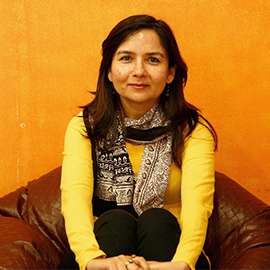



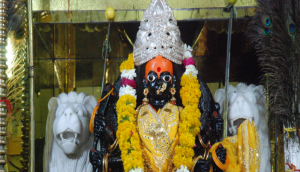
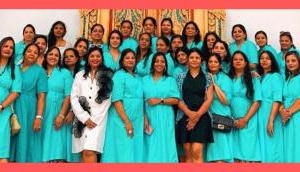
![BJP's Kapil Mishra recreates Shankar Mahadevan’s ‘Breathless’ song to highlight Delhi pollution [WATCH] BJP's Kapil Mishra recreates Shankar Mahadevan’s ‘Breathless’ song to highlight Delhi pollution [WATCH]](https://images.catchnews.com/upload/2022/11/03/kapil-mishra_240884_300x172.png)

![Anupam Kher shares pictures of his toned body on 67th birthday [MUST SEE] Anupam Kher shares pictures of his toned body on 67th birthday [MUST SEE]](https://images.catchnews.com/upload/2022/03/07/Anupam_kher_231145_300x172.jpg)


